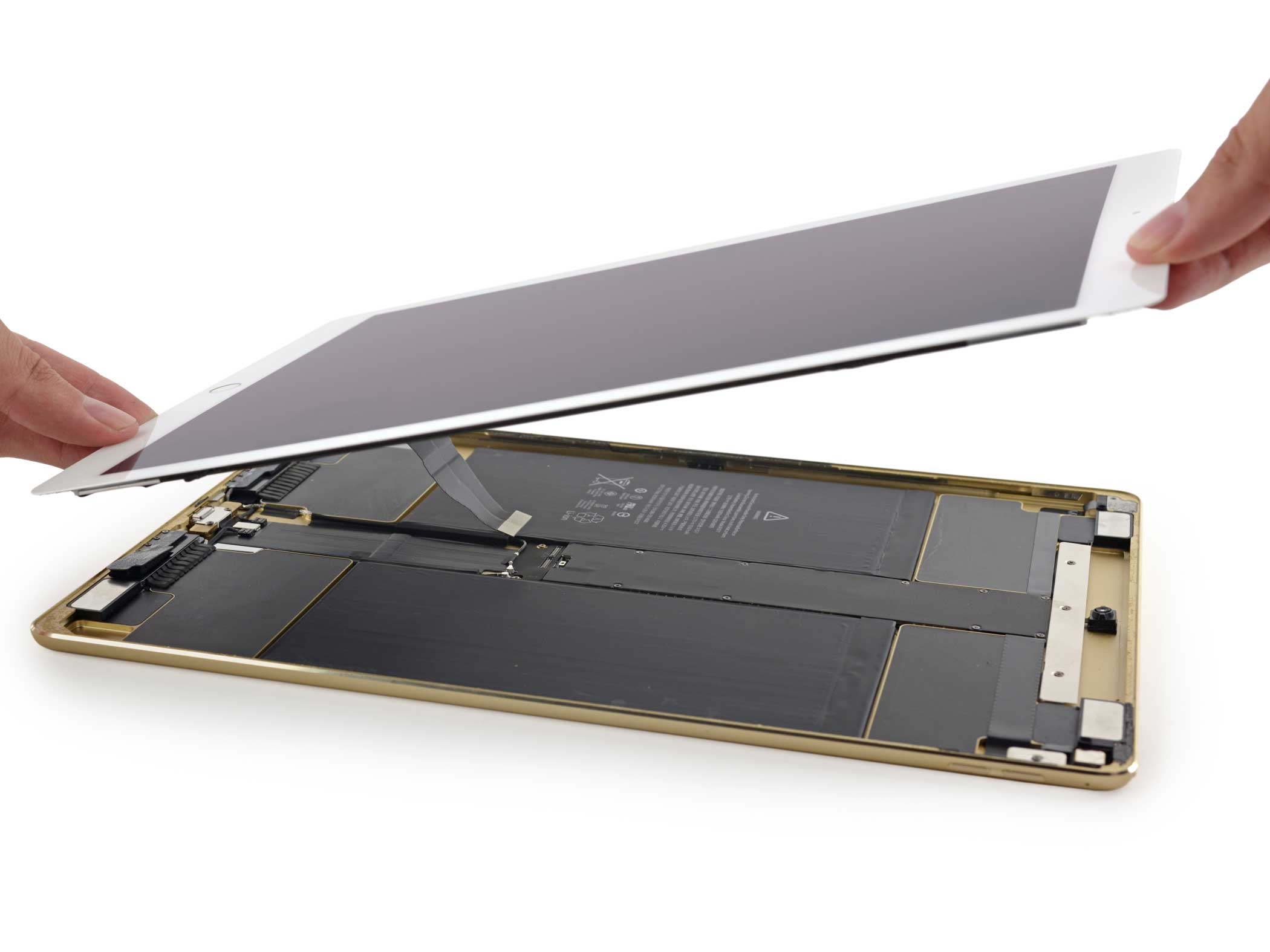When Apple first unveiled the iPad Pro earlier this year, many commentators drew comparisons between it and Microsoft’s Surface Pro 4. On the surface, that makes some sense, as both devices look like laptop-tablet hybrids. Microsoft pitches its Surface lineup as tablets that can replace your laptop, while it also recently introduced a high-end laptop called the Surface Book.
But after using the iPad Pro for some time, I’m convinced it’s a mistake to compare it with Microsoft’s Surface devices.
With the Surface Pro 4, Microsoft took a desktop operating system — the new Windows 10 — and squeezed it into this new so-called “2-in-1” form factor. It then marketed the Surface as a laptop than can also be used as a tablet. While it’s an interesting idea, very few Windows 10 apps are really created for a tablet interface.
Apple, however, approached the iPad Pro — its biggest tablet ever, at 12.9 inches — with a mobile-first mentality. The iPad Pro uses Apple’s mobile operating system, iOS, which brings an ecosystem of 800,000 apps designed specifically for a tablet.
See What’s Inside Apple’s iPad Pro







This difference is an important one. Microsoft’s Surface Pro 4 is built on the success of the Windows desktop software. The company sees the device as capable of providing a desktop experience with an emphasis on productivity, but in a more mobile form factor. Apple, meanwhile, took iOS and scaled it up to a larger screen. It pitches the iPad Pro as a highly versatile tablet, one that delivers a great consumer experience while also tapping into productivity apps like Microsoft’s own Office suite and the IBM’s new iPad enterprise software.
Apple’s choice to use iOS on the iPad Pro will have a significant impact on the company and the broader PC market. What Apple is saying with the iPad Pro is, if you create a mobile device, it needs to be made for mobile. This flies in the face of Microsoft, which has taken a desktop OS and fashioned it for use in a 2-in-1. If consumers show they prefer Apple’s approach, it could be problematic for the growth of Windows 2-in-1s.
One interesting twist for Apple is that the iPad Pro could cannibalize some Mac sales, though that risk hasn’t held the company back in the past. I see the iPad Pro’s first customers as artists and creative-types, given the new Apple Pencil stylus accessory. But it’s clear from speaking with Apple executives that they see the device as a play for the PC-dominated enterprise market as well.
Our Creative Strategies market projects for iPad Pro sales sees the device matching Surface Pro sales of 1.5 to 2 million every quarter for its first year, and possibly double that in its second year. My own use confirms that, while not a laptop replacement, it’s capable of doing pretty much everything a Mac or PC does, save high-demand applications like image and video editing. That, in combination with its lower price compared to Apple’s MacBook lineup, means it should get serious attention from students and corporate IT departments.
More Must-Reads from TIME
- Caitlin Clark Is TIME's 2024 Athlete of the Year
- Where Trump 2.0 Will Differ From 1.0
- Is Intermittent Fasting Good or Bad for You?
- The 100 Must-Read Books of 2024
- Column: If Optimism Feels Ridiculous Now, Try Hope
- The Future of Climate Action Is Trade Policy
- FX’s Say Nothing Is the Must-Watch Political Thriller of 2024
- Merle Bombardieri Is Helping People Make the Baby Decision
Contact us at letters@time.com